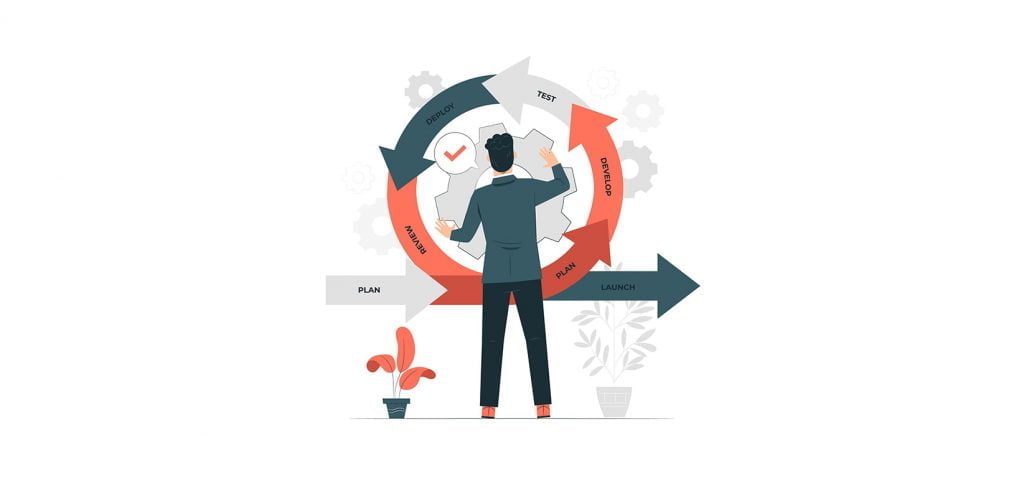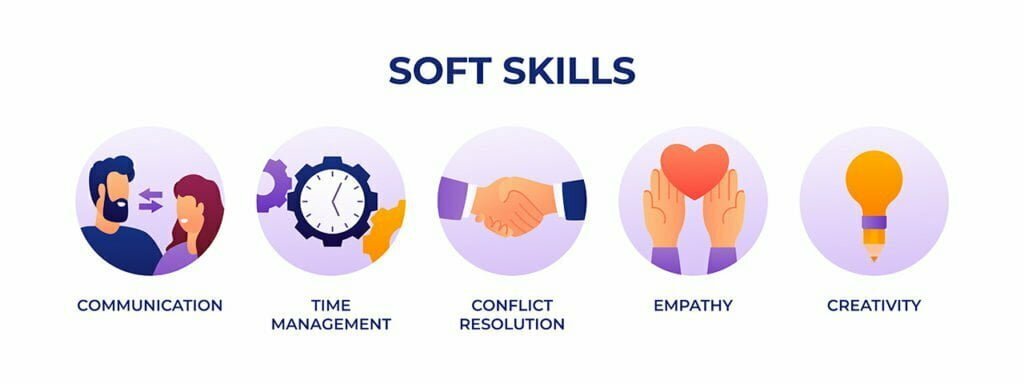How to Transition from Junior to Mid-level in IT

Juniors and Middles are two key stages in the careers of IT professionals. Moving from one stage to another entails increased responsibility, depth of knowledge, and the complexity of tasks. In this article, we will explore how to navigate this transition and progress successfully in your IT career.
Transitioning from junior to mid-level is an important milestone in the career of every IT specialist. It represents not only a move to a higher position but also an expansion of horizons, acquisition of new skills, and opportunities for further professional growth.
Who are Juniors and Middles in IT
Juniors are aspiring IT professionals who have just started their careers. They typically perform basic tasks under the guidance of more experienced colleagues and actively engage in learning.
Middles are IT professionals with an intermediate level of expertise. They have gained some experience, can independently tackle more complex tasks, and may even lead small projects or teams.
Comparison of Junior and Mid-level Responsibilities
| Junior | Mid-level | |
|---|---|---|
| Education and Experience | In the process of or immediately after education, limited work experience | IT-related education, 2+ years of work experience |
| Responsibilities | Basic tasks under guidance | Independent work, leading small projects |
| Knowledge Level | Foundational technologies and methodologies | Deep knowledge in specific areas |
Required Skills for Transitioning from Junior to Mid-level
Technical Skills and Knowledge
- Programming languages: in-depth understanding of one or more languages you work with.
- Experience with frameworks and tools: efficient utilization of development tools that accelerate the development process.
- Understanding of software architecture and design principles: breaking down systems into modules, understanding their interactions.
- Proficiency in version control systems, such as Git.
- Testing and debugging skills.
Soft Skills
- Teamwork: effective collaboration and cooperation with colleagues.
- Self-organization and time management: the ability to allocate resources efficiently and prioritize tasks.
- Critical thinking: the ability to analyze information, identify problems, and find solutions.
- Learning and adaptability: readiness for continuous learning and quick adoption of new technologies and approaches.
In the fast-changing world of IT, self-education and continuous learning are key elements of a successful career. Constantly developing and deepening your technical skills, as well as cultivating soft skills, will help you become an effective professional and successfully transition from junior to mid-level. Utilize modern online courses to enhance your hard and soft skills.
Planning Career Growth
To successfully transition from junior to mid-level, it's important to have a clear vision of what you want to achieve. Define your career goals and assess your current skills and knowledge. This will help identify areas you need to work on.
Creating and Implementing a Learning and Development Plan
- Identify the skills and knowledge you need to achieve your goals.
- Create a learning plan that includes courses, trainings, self-study materials, practical work, etc.
- Track your progress and adapt the plan as needed.
Mentorship and guidance can play a crucial role in your professional growth. Working with a more experienced colleague or mentor can accelerate your learning and help you avoid common mistakes.
Overcoming Obstacles and Challenges
Common difficulties when transitioning from junior to mid-level
- The challenge of absorbing a large amount of information.
- The need to work on more complex tasks and projects.
- Responsibility for more important tasks and projects.
- The need to balance current tasks with self-education.
Tips and strategies for overcoming them
- Organize your time and resources: plan dedicated time for learning and work, manage your energy and focus.
- Don't be afraid to ask for help: if you encounter a problem, reach out to your colleagues or mentor.
- Acknowledge your achievements: celebrate both small and big milestones to maintain your motivation.
- Embrace mistakes: they are an integral part of learning and growth.
Success Stories from My Experience
#1: Ekaterina, Full-Stack Developer
Ekaterina began her IT career as a junior developer in a small startup. The initial period was challenging as she had to quickly absorb a large amount of new information and learn on the go. However, Ekaterina realized that self-education and continuous development were key factors for success in her career. She started dedicating time outside of work to learn, exploring new technologies, deepening her skills, and practicing solving real-world problems.
Within two years, Ekaterina successfully transitioned from a junior to a mid-level developer, becoming a key member of her team. Her story demonstrates that continuous learning and a drive for growth are essential ingredients for success in the IT field.
#2: Alexey, Front-End Developer
Alexey started his IT career without a technical background, which posed initial challenges for him. However, he didn't let it hinder his career growth. Alexey actively utilized online resources and courses for self-learning and was able to secure a job as a junior front-end developer.
He encountered various difficulties, but instead of giving up, he viewed them as opportunities for learning. He believes that the key to his success was his adaptability and the ability to learn from his mistakes. Now, Alexey is a successful mid-level developer and a mentor for juniors in his team.
Both of these stories confirm that transitioning from junior to mid-level is achievable and provide valuable strategies for overcoming obstacles, such as active self-learning, adaptability, and the ability to learn from mistakes.
Conclusion
Transitioning from junior to mid-level in IT requires effort, continuous learning, and development. It is a path that demands perseverance, planning, and attention to detail, but ultimately brings new opportunities and fulfillment in achieving your goals.
Strive, learn, embrace mistakes and challenges. Have confidence that your efforts and dedication to learning will be rewarded. Remember that every step you take today is an investment in your future.






Responses